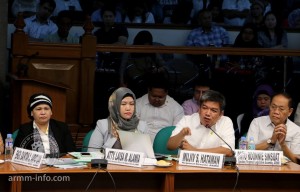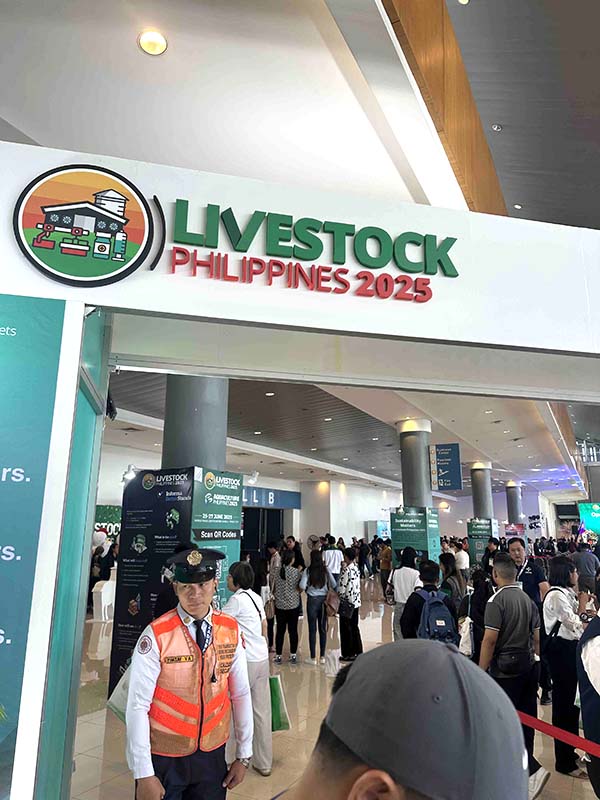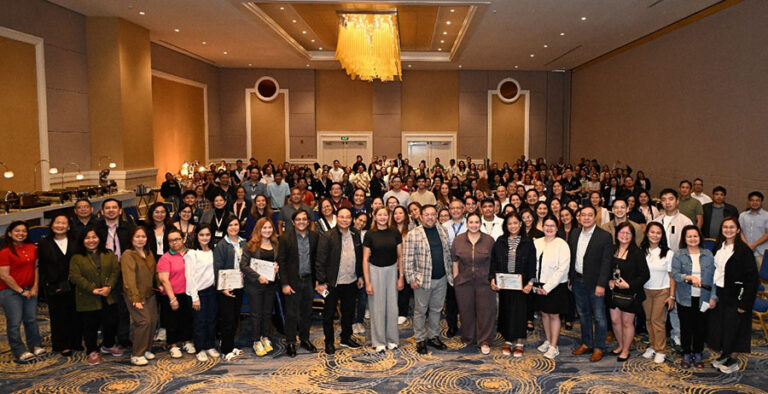
MANILA – “Home to 3.2 million people, the ARMM is still the poorest region in the country with 53.1% poverty incidence. It’s hard for me to say it but I have to admit it,” ARMM Governor Mujiv Hataman said to Senator Panfilo Lacson, chairman of the finance sub-committee, as deliberations on the proposed P40.573 billion 2017 ARMM budget began on Tuesday, September 27.
This amounts to a 42% increase compared to the 2016 regional budget which previously set the record for highest approved budget for the ARMM.
Hataman himself then addressed the elephant in the room.
“You might wonder, how come the ARMM budget increases every year but our figures regarding poverty incidence hardly ever improve?” he asked.
Short term vs long term solutions
The ARMM regional government, for the past three years, has focused on strengthening the region in terms of infrastructure.
“Most of the projects of the regional Department of Public Works and Highways (DPWH-ARMM) used to be substandard. For example, building roads used to mean just graveling and resulted to a road system that was not sustainable in the long term,” said Don Mustapha Loong, DPWH-ARMM secretary.
“When Gov. Hataman won his first term as regional governor in 2013, he made sure that all road projects will be reinforced and made of concrete for long term impact,” Loong added.
This decision to focus on infrastructure was a response to decades’ worth of backlog in the region’s public works and highways.
Hataman, however, acknowledges that this isn’t enough.
“Infrastructure is essential in developing the region, but it’s not the only solution. We need a long-term approach to poverty alleviation,” the governor said.
Targeted and sustained programs
During the hearing, Hataman highlighted the ARMM-HELPS and ARMM-BRIDGE Apat na Dapat programs.
“These two programs are specifically designed to address the roots of poverty, a task made easier by the infrastructure we have already laid out,” Hataman noted.
ARMM-HELPS is a banner program of the Office of the Regional Governor under Hataman. It aims to establish a peaceful and secure environment in the autonomous region by providing basic social services especially in relation to health, education, livelihood, good governance and peace in barangays.
Meanwhile, the ARMM-BRIDGE Apat na Dapat program is focused on poverty alleviation by targeting the four most basic needs of the poorest of the poor — water and sanitation, food, shelter, and light.
“Any household that lacks even just one of these four is at great risk of being poor,” Hataman noted.
Together, these two programs are the centerpiece of the poverty reduction agenda Hataman has set during the campaign period early this year – one that won him his second term as regional governor last May.
Bulk of the budget increase for 2017 will go into the capital outlay allocation, which translates to an increase of allocation for both the ARMM-HELPS and ARMM-BRIDGE Apat na Dapat programs and for annual infrastructure.
Good governance
Hataman puts a heavy premium on the assurance of good governance. He said that if there’s anything that officials like him should always keep in check, it should be leadership and governance.
“We in the ARMM are far from perfect, but we make sure that we not only improve ourselves but our systems as well,” Hataman said.
“Our philosophy is, for example, funds can always be allocated to an institution but if the governance in that institution is not good, the services will not reach the people regardless of the resources available. Our focus in the regional government is good governance and we have the results to show for it,” Regional Governor Hataman said during the budget hearing.
“Apart from having our regional agencies work towards ISO certification, we have achieved what no other administration has done before in the ARMM–compliance with the national government’s good governance conditions,” Hataman shared.
On to the plenary
Lacson commended the regional government’s efforts in good governance, especially in terms of transparency and accountability.
At one point during the hearing, Loong discussed e-ARMM, an innovation of the DPWH-ARMM which uses technology such as geotagging and drone imaging to provide an accurate report of projects of the said agency. The information is made available through a website and Facebook page as part of the region’s efforts towards transparency and accountability.
“So everything is fully documented and available to the public? The public can actually see it, the progress of the projects, yes?” Lacson asked, to which Loong replied in the affirmative.
“This is very impressive, why isn’t the national govenrment adopting this? For the longest time…This should have been implemented on the national level long ago,” Lacson said. “And the fact that you open it to the public, mapping and geotagging and all, that’s transparency,” he added.
Shortly after the discussion with the ARMM regional officials and as the budget hearing draw to a close, Lacson said that he will “recommend” that the ARMM budget be taken up during the plenary. (Bureau of Public Information)
Like Us on Facebook: https://www.facebook.com/mindanaoexaminer
Follow Us on Twitter: https://twitter.com/MindanaoExamine
Read Our News on: http://www.mindanaoexaminer.com / http://mindanaoexaminernewspaper.blogspot.com/
Share Our News
Digital Archives: issuu.com/mindanaoexaminernewspaper



